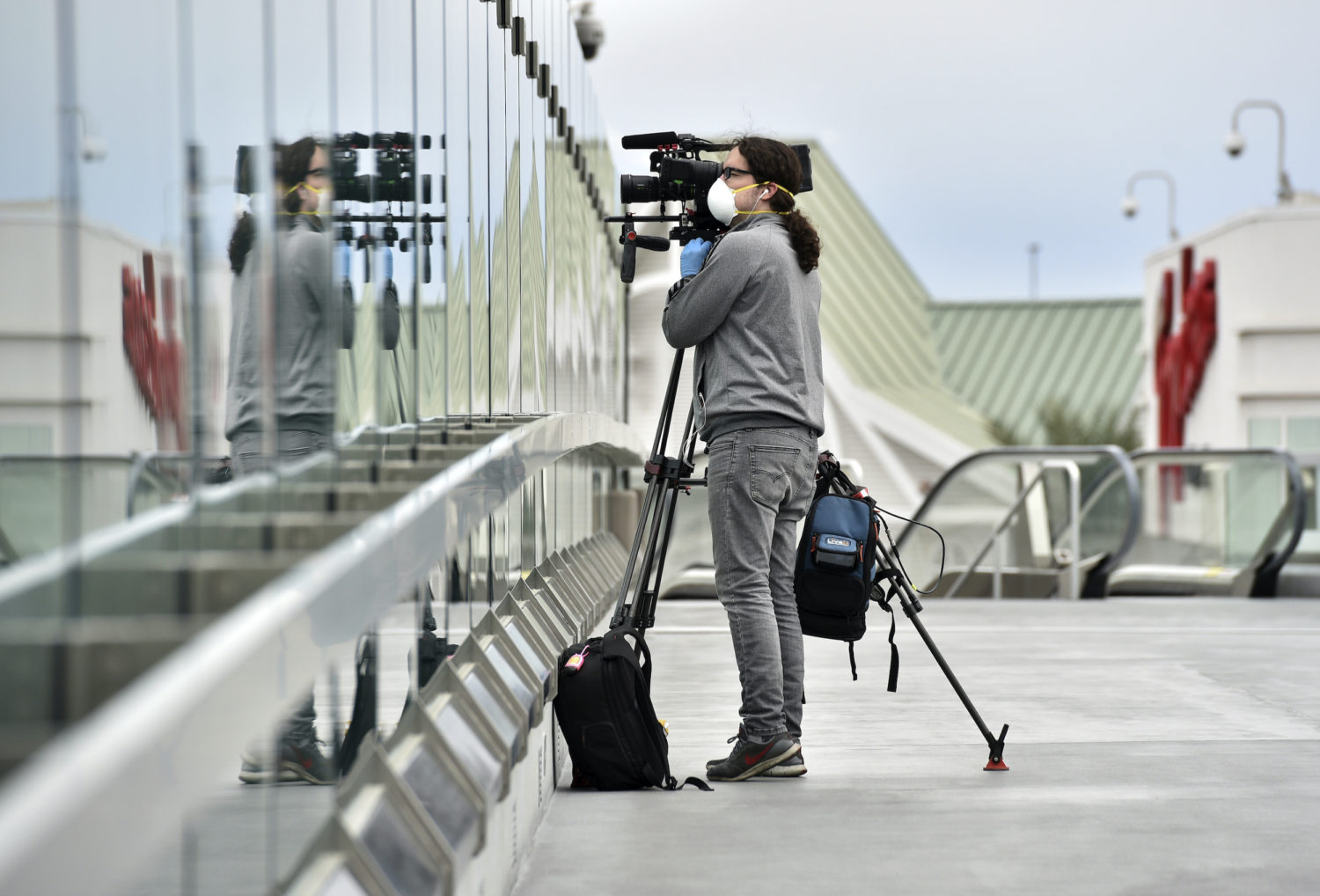Ask nearly 12,000 journalists for their view of their work, and what would you find? The Pew Research Center did just that in a major project published Tuesday and found an arresting paradox.
On the one hand, the journalists were well aware of a host of problems in how they are perceived by their target audience — issues of trust, polarization, challenges to freedom of the press, the difficulty of balance in stories, social media disruption and unfinished business on a diversity agenda.
And yet … by a very big margin, they indicate high job satisfaction. Specifically, 70% said that they were very or somewhat satisfied with their job. 77% said that they would pursue a career in journalism again.
The results are current. Pew drew on lists of U.S. journalists in all fields and gathered 11,889 responses between mid-February and mid-March this year.
One of the questions asked for a single-word characterization of their industry. There a lot of negativity crept in. 72% offered a pessimistic take with words like “struggling” or “chaos.”
A separate part of the project interviewed an even bigger sample — nearly 20,000 people — of the American public. Broadly, they were even more likely to see major problems in areas like trust and balance in reporting.
An especially strong contrast came on a question about politically like-minded people clustering around the same news outlets. 94% of journalists thought that was a major problem or a minor one. 59% of the public thought it was a minor problem or no problem at all.
One surprise to me was substantial optimism among journalists that the organizations they work for are expanding. Those at digital outlets were particularly upbeat, with 42% seeing growth, compared to 11% cutting back.
Radio journalists also perceive expansion (28% vs. 19% cutting back). Television (26% vs 31%) and print organizations (24% vs. 27%) did see cutting back as more common than growing, but the largest percentage expected at least the same level of staffing and expenditure.
That finding seemed particularly counterintuitive for print, where financial problems and staff cuts have been heavily reported. The growing digital operations of the legacy media were counted in this figure, and it may also have been influenced by some bounceback from pandemic levels.
The survey did not offer a general conclusion or any recommendations. However, I asked Jeffrey Gottfried, a co-author and senior researcher for Pew’s journalism division, what he and his colleagues made of the sunny job satisfaction finding.
“It reflects journalists’ passion for what they do,” he replied. “They just love it and they are excited by it … (even as) they recognize all the challenges they face. … One of the most telling points was that they would go into it again if they could start their careers over.”
I also wondered if the gaps might reflect some degree of complacency — the journalists are happy and motivated to keep doing their thing, even when a large part of the audience is not especially receptive.
“Well, there is certainly a disconnect,” Gottfried said, “on how good a job they are doing in core functions” between what journalists think and what the public does.
I was also surprised about how many expected expansion or at least holding steady rather than cutting back. He noted that for print, the survey design counted areas of growth like digital or audio/video within the organizations, so that would be a counterweight to any loss of traditional newsroom jobs.
The report does not attempt an extensive breakout by medium, but Gottfried said “some differences from the television sector stood out.” TV journalists did not show as high a level of satisfaction, and they were more likely to say that the strain of the work has had a negative impact on their well-being.
Also for the TV group, 58% said they had experienced some form of harassment from outside the organization in the last 12 months, the great majority of those more than once. The numbers were high in the three other sectors but in the 40% range.
Two-thirds of the survey group said that social media is having a negative impact on journalism overall, while at the same time finding it very helpful in doing some aspects of their job.
There were some age splits in the findings. Older journalists were much more likely to say the work contributed to their sense of well-being, while for those under 50, that impact was more often seen as negative. Younger journalists were substantially more likely to view social media positively and also more critical of how their newsrooms were doing on diversity.
As for the contrast between journalists’ own views and the public’s, the umbrella finding was that the journalists were more satisfied and the public more critical on at least five categories of “core functions:”
- Covering the most important stories of the day
- Reporting the news accurately
- Serving as a watchdog over elected leaders
- Giving voice to the underrepresented
- Managing or correcting misinformation
In our phone interview, I asked Gottfried why Pew Research undertook this particular project and on such a large scale.
“Seeing the news industry through the eyes of the public,” has been extensively researched for some time now, he said. “We wanted to look at the other side of the equation (the journalists) and find out more about the relationship with the audience within the industry.”
I think the report is worth a look by any journalist who wants to compare their views with those of their peers. It has plenty of meat for lay media watchers as well.










